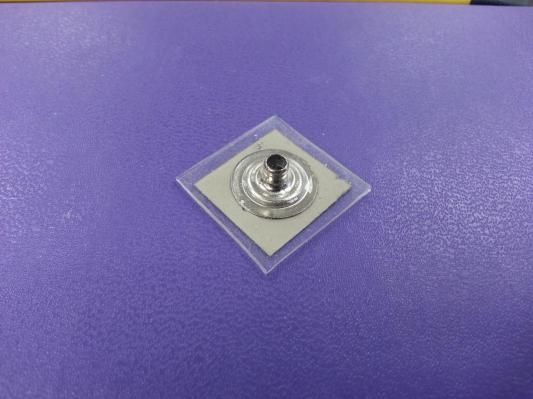Researchers at North Carolina State University have built a new form of “dry” EKG/EMG sensors that allow doctors to get high-density data on a patient’s heart performance in a package that can be worn for extended periods of time. Traditional EKG sensors require a wet gel layer to be placed down between a patient’s skin and the sensor and cannot be left on the body for long periods. These new sensors can be worn on the skin and transmit information back to a portable device, paving the way to a more granular and high-resolution image of heart behavior.
“People have developed other dry electrodes in the past few years, and some have demonstrated the potential to rival the wet electrodes, but our new electrode has better signal quality than most – if not all – of the existing dry electrodes. It is more accurate,” said Dr. Yong Zhu, an associate professor of mechanical and aerospace engineering at NC State. “In addition, our electrode is mechanically robust, because the nanowires are inlaid in the polymer.”
The sensors are compatible with current EKG machines but because they can be used on patients in motion they are better served by a portable device. They are also cheap enough to stick and forget. “The raw materials of the sensor are comparable in cost to existing wet sensors, but we are still exploring ways of improving the manufacturing process to reduce the overall cost,” said Zhu.
The street finds its own uses for things and so these could be an interesting addition to the world of wearables. A Bluetooth-powered, low-energy device tethered to a nearly permanent EKG could help in athletic performance and help heart patients understand their limitations and potential. Because they are truly wearable, unlike similar wet EKG pads, you could keep them on for longer periods and even sleep in them. The system uses a mesh of silver nanowires encased in polymer and is about as big as a quarter.
